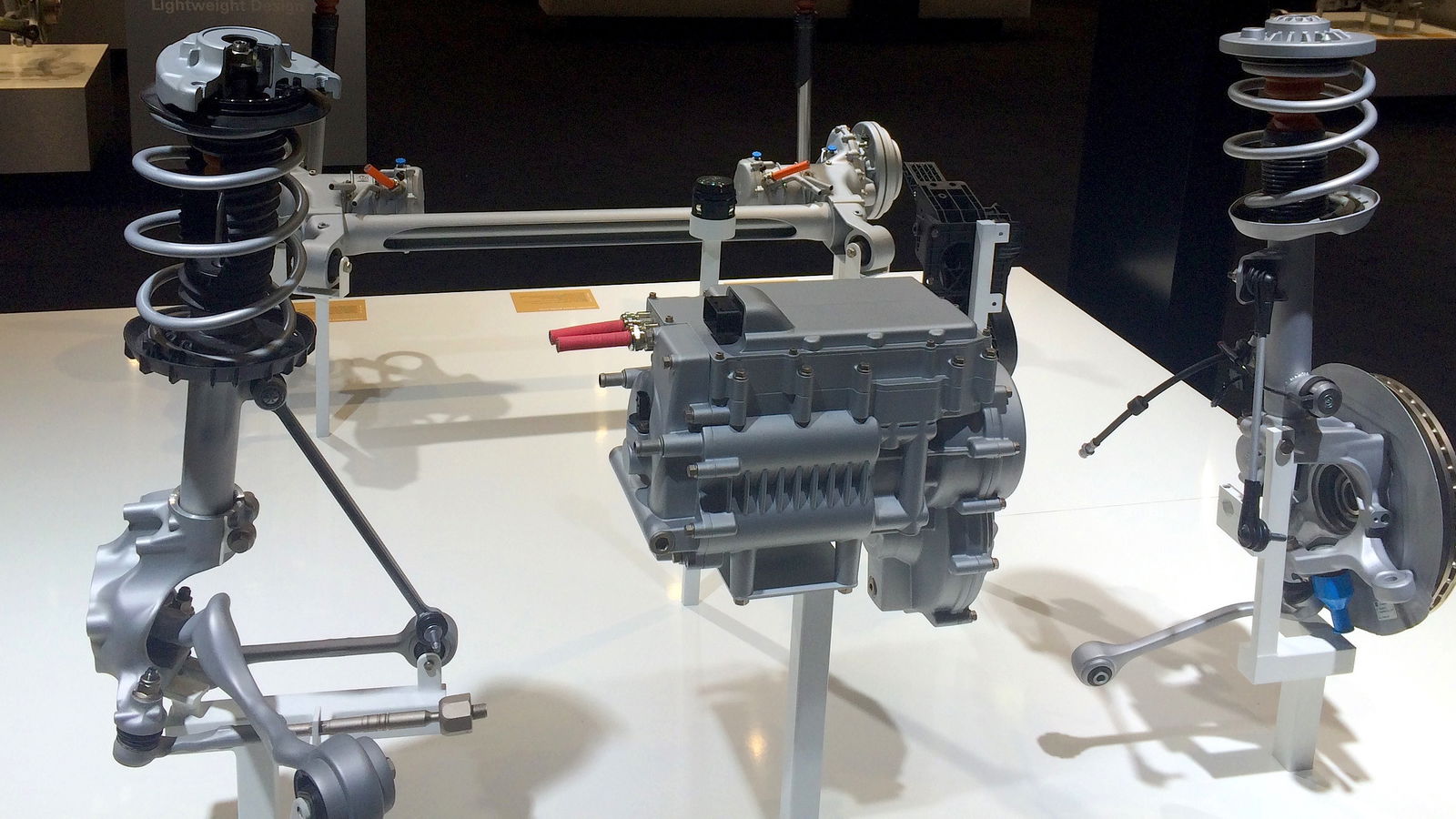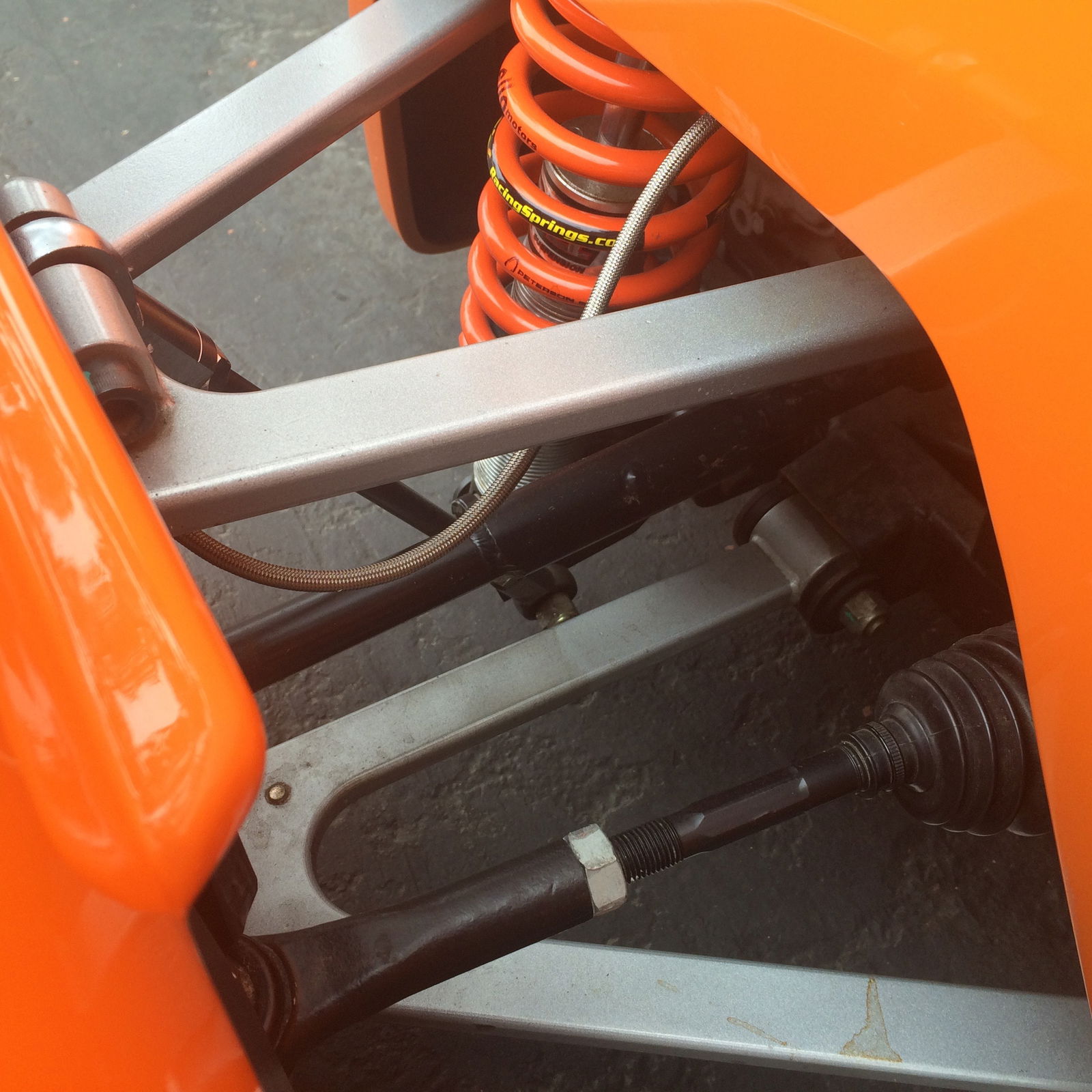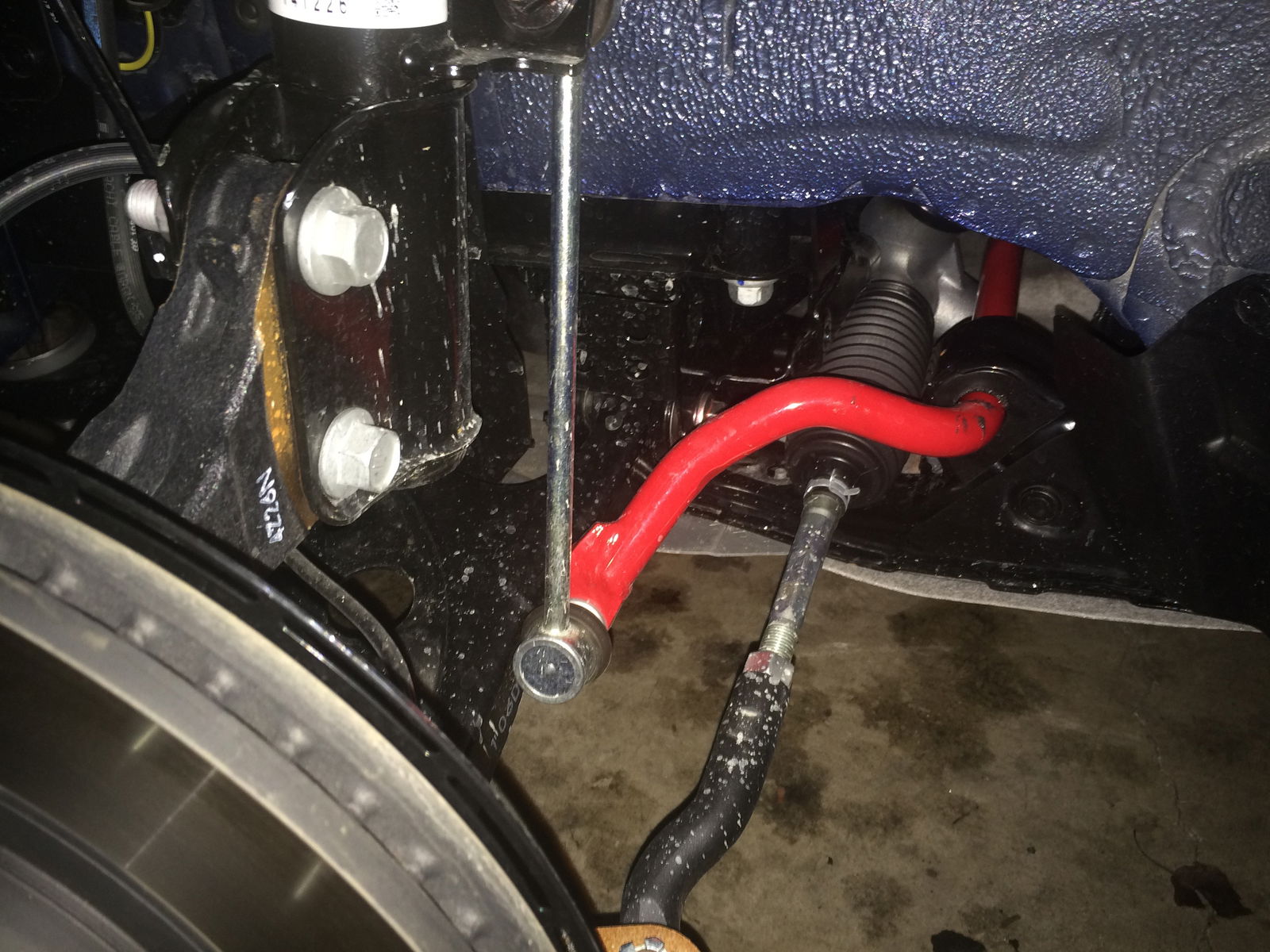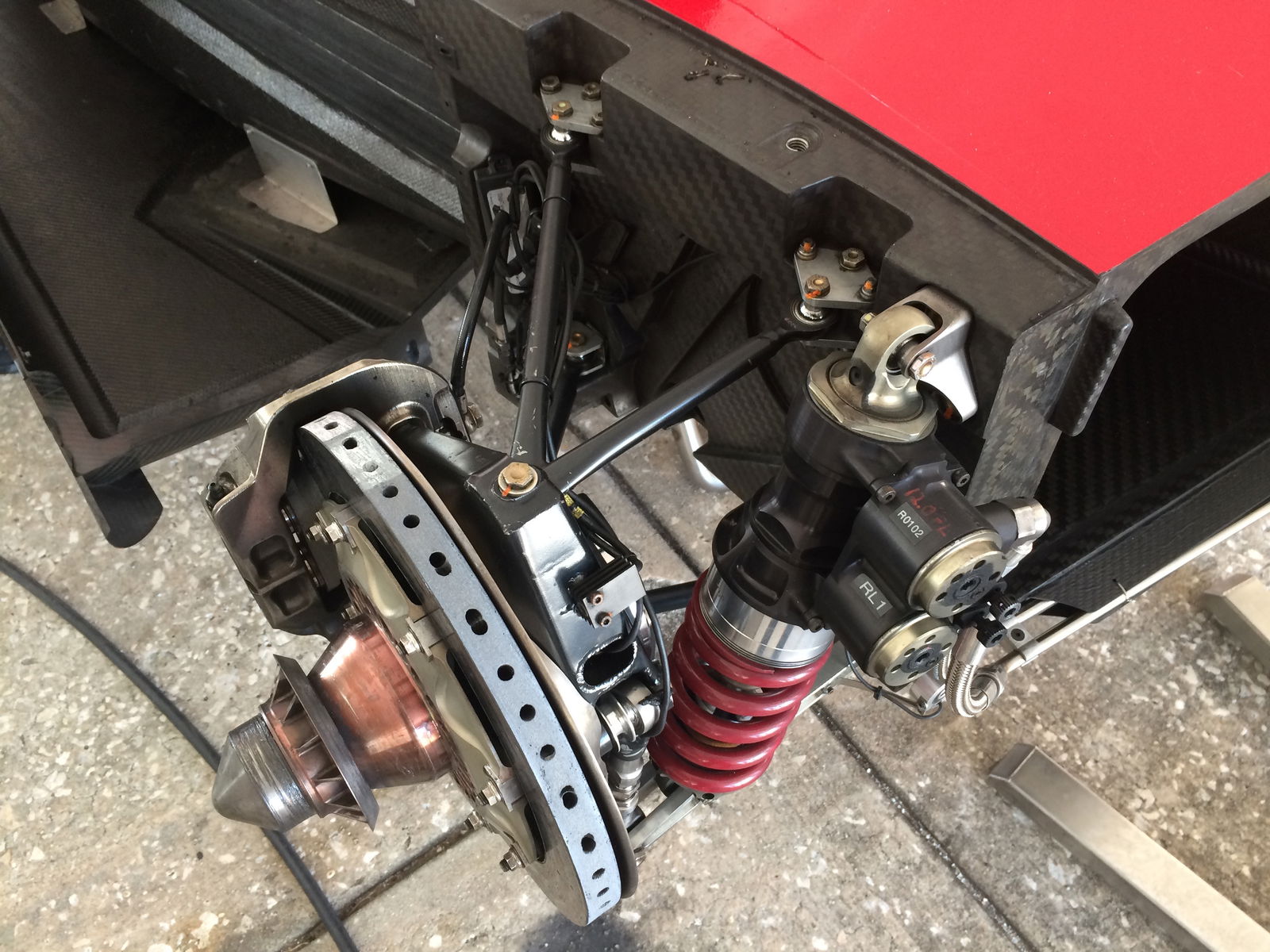Engineering Explained: How Suspension Works And Upgrading To Coilovers

Suspension may seem simple in theory, but in reality it’s a balancing act of countless factors, each having positive and negative influences on how the car behaves. Here are five important suspension subjects that I’ll break down:
- The basics: springs and dampers
- Sprung vs unsprung mass
- Upgrading your suspension: will coilovers improve handling?
- Soft or stiff?
- What about anti-roll bars?

1. The Basics: Springs and Dampers
From a performance standpoint, the reason cars have suspension is to keep the tyres on the ground. There are two main devices which are the building blocks of nearly every suspension: springs and dampers.
Springs:
Springs are energy storage devices. They are designed to absorb shock loads sent to the wheels and store them as potential energy through compressing. When able, the spring will decompress, where the potential energy is now released as kinetic energy, pushing the wheel down. While your car is on the ground, its weight compresses the springs, so any drop in the road surface will result in the spring pressing the wheel down to contact the ground.
Dampers:
Dampers are energy dissipation devices. Their job is to eliminate the energy the spring stores by transforming it into heat. Without dampers, when you hit a bump, your car would simply continue to bounce until all of the energy from the impact was dissipated through other means. You’ve probably seen a car go over a speed bump and continue to bounce; this is a result of failed dampers. This heat dissipation is achieved by forcing oil within the cylinder of the damper to pass through small holes of a piston when there is movement of the springs.

2. Sprung vs Unsprung Mass
This is very simple in theory: sprung mass is anything that is supported by the vehicle’s suspension (engine, chassis, the driver etc). Unsprung mass is anything that is not supported by the suspension (wheels, tires, brake rotors, calipers, etc). The only part that’s tricky is if the component is linked to the chassis as well as the wheels. These components are a combination of sprung and unsprung mass.
A Common Myth
If you’ve been on forums you probably know that “removing 1kg of unsprung mass is equal to removing ~10 (or any other number) kg sprung weight in terms of acceleration and braking.” This is not true, there’s no magical formula like this and removing unsprung mass plays no greater role of increasing acceleration than sprung mass. The confusion exists because removing rotational weight improves acceleration more than removing non-rotating weight, and often unsprung weight is rotating. Flywheels also rotate, and they’re sprung. For acceleration purposes, removing flywheel weight will be more beneficial pound for pound over reducing the weight of your brake calipers. My point is that the rule is quite flawed.

3. Upgrading your suspension - will coilovers improve handling?
As is almost always the case, this goes both ways. There are pros and cons to aftermarket coilovers.
Benefits:
- Adjustable ride height - a car with a lower centre of gravity will handle better thanks to reduced roll and more even tyre loading.
- Adjustable damping - many cars from the factory do not have this ability, so if the car is used in different environments you can adjust damping accordingly.
- Reduced body roll/lift/dive - aftermarket coilovers for road based vehicles tend to have stiffer spring rates, reducing body roll, nose dive, and lift. This maintains a more ideal suspension geometry for the tyres to maintain the ideal contact patch with the ground.
Drawbacks:
- Reduced suspension travel - in the case of lowering your car, this means there will be less distance for your wheel to travel before contacting the wheel well. As a result, stiff springs have to be used to reduce travel. This can have adverse affects on handling, as softer springs will be less compliant to surface irregularities.
- NVH - Stiffer suspensions mean harsher ride. This is pretty much unavoidable if you’re using a stiff system. When I installed coilovers on my Integra the difference was obvious. The ride feels much more go-kart like, there’s more body vibration, and bumps are quite jarring for the driver.
4. Soft Or Stiff?
This question is completely dependent on the road surface. Regardless, there is a simple fact: soft suspensions will offer better compliance between tyres and the road. This seems a bit counterintuitive, since most race car suspensions are quite firm. So why are they stiff?
- Prevent bottoming out - a low ride height requires stiff springs to prevent the tyres from contacting the wheel wells, or worse, the body from contacting the ground.
- Reduce body roll - stiff suspensions reduce body roll, which helps keep an ideal suspension geometry.
- Aerodynamics - a vital component of motorsport, and maintaining a specific ride height is part of this equation, so stiffer springs help reduce body travel and thus improves aerodynamic efficiency. Also, as vehicle speed increases, downforce presses the car closer to the ground. Stiff springs decrease this effect.
- Lack of potholes - in theory, race tracks are a near-perfect environment. Smooth surfaces reduce the need for large amounts of suspension travel.
The following video shows what makes soft suspensions ideal for uneven environments:
5. Anti-Roll Bars
Anti-roll bars (or sway bars), as their name implies, reduce body roll. This is done through linking the two front or two rear wheels together with a lever. When the car goes around a corner, the outside wheel’s suspension is compressed from body roll. This rotates the anti-roll bar, which essentially tries to lift the inside wheel up, and by doing this it levels the ride. Less body roll helps to maintain an ideal contact patch, and also helps make the car feel more responsive in turns. So what’s the catch?
Suspensions work best when each wheel has its own system (independent). This means that anything that influences one tyre will not impact the other wheels. Anti-roll bars, however, force this relationship upon the set of wheels. Effectively, the stiffer the anti-roll bar, the less independent the suspension is, so forces that act on one wheel pass along to the other.
Check out the video below for more on how anti-roll bars work, and how they influence understeer and oversteer.
Comments